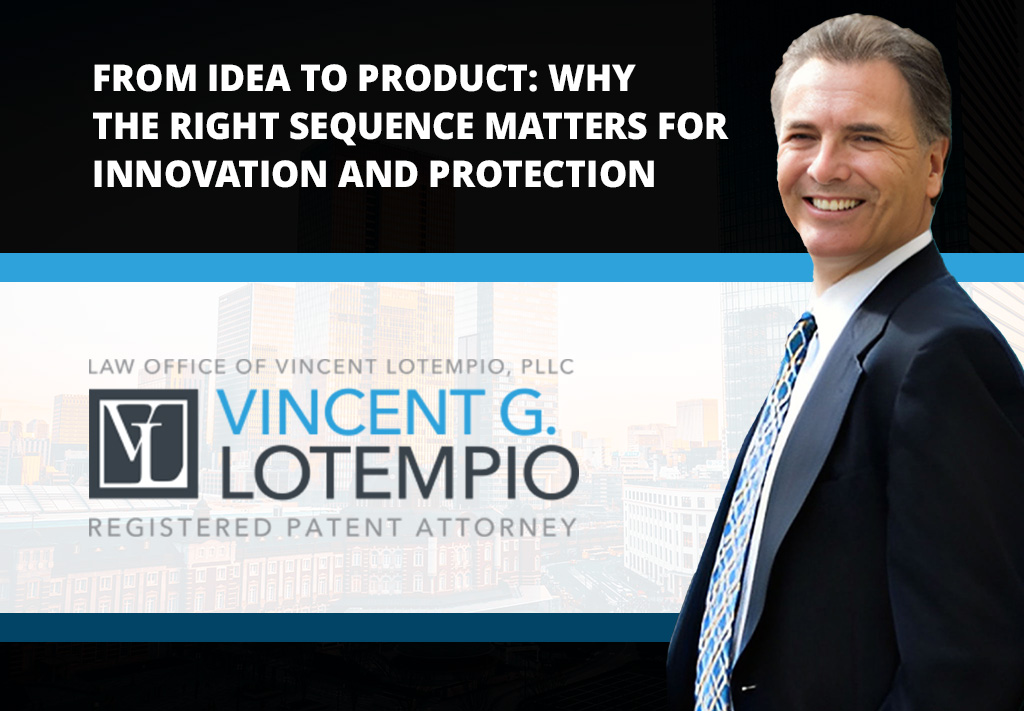Copyright can be created when photo is taken. But how exactly does a work, such as a photo, qualify for copyright protection? Generally, for a work to qualify for copyright protection, it must be an original work of authorship that has some minimum degree of creativity. Fixation to a tangible medium is also required. As you can see, there are a couple requirements that need to be satisfied before a work qualifies for copyright protection. In this blog post, we’re going to explore what a photograph needs to be original and what is needed to qualify for copyright protection.
Originality
Mannion v. Coors Brewing Co., 377 F.Supp2d 444 (S.D.N.Y. 2006) is a great case that Judge Kaplan laid out what may satisfy the originality requirement for photographs.
Rendition:“[T]here may be originality which does not depend on creation of the scene or object to be photographed . . . and which resides [instead] in such specialties as angle of shot, light and shade, exposure, effects achieved by means of filters, developing techniques etc. I will refer to this type of originality as originality in the rendition because, to the extent a photograph is original in this way, copyright protects not what is depicted, but rather how it is depicted.”
Timing: “A photograph may be original in a second respect. “A person may create a worthwhile photograph by being at the right place at the right time. I will refer to this type of originality as originality in timing.”
Creation of the subject: “A photograph may be original to the extent that the photographer created “the scene or subject to be photographed.”
If a photo falls into any of the three categories above, then it most likely meets the originality requirement.
Meeting the creativity prong
A photo may qualify for copyright protection, it has to meet the other requirements such as having some creativity and being fixed. Creativity is construed very broadly, which allows many things to satisfy the creativity requirement. Although creativity is a very low threshold to meet, there are times when a work lacks creativity. For example, in Feist Publications, Inc., v. Rural Telephone Service Co., the Supreme Court found that listing the most basic information such as “name, town, and telephone number… lacks the modicum of creativity necessary to transform mere selection into copyrightable expression.”
When is there fixation?
Under 17 U.S.C. § 101, “a work is fixed by any method now known or later developed, and from which the work can be perceived, reproduced, or otherwise communicated, either directly or with the aid of a machine or device. ” Applying it to photos, the work can be fixed when it ingrained into the photo and can be seen, reproduced, or sent to another person.
Independent creation
An independent creation is when an individual creates a new work without copying. The independent creation idea raises some interesting questions when it comes to copyright. Have you ever seen two photographs that look similar, but they’re created by two different people? It probably would not amount to infringement if two people were at the same place, took photos of the same thing at exactly the same time.
See an example of almost identical photos taken by different photographers here.
To read more about independent creation, click here.
Let’s use a real life example for independent creation!
Lets say photographer A and photographer B both try to take a picture of a tree during sunset. They’re both unaware of each other and independently take a picture of the tree as the sun is setting. Both pictures come out nearly identical. But technically, neither would be committing copyright infringement. To commit copyright infringement, a party has to engage one of the following acts:
(1) to reproduce the copyrighted work in copies or phonorecords;
(2) to prepare derivative works based upon the copyrighted work;
(3) to distribute copies or phonorecords of the copyrighted work to the public by sale or other transfer of ownership, or by rental, lease, or lending;
(4) in the case of literary, musical, dramatic, and choreographic works, pantomimes, and motion pictures and other audiovisual works, to perform the copyrighted work publicly;
(5) in the case of literary, musical, dramatic, and choreographic works, pantomimes, and pictorial, graphic, or sculptural works, including the individual images of a motion picture or other audiovisual work, to display the copyrighted work publicly; and
(6) in the case of sound recordings, to perform the copyrighted work publicly by means of a digital audio transmission.
To read more about 17 U.S.C.§106, click here.
Why is there technically no copyright infringement?
The two sections that are most applicable to the tree-sunset example above would be either 106(1) or 106(2). But they both technically don’t apply since neither photographer actually copied each other’s photos or made some variant or modified version of each other’s photos. If they didn’t copy, then it’s technically does not fall under 106(1) or 106(2). So although the photos in the example may look nearly identical, neither party copied each other. Without copying, it’s usually hard to argue that there was copyright infringement.
What are your thoughts on copyright in photos? Leave a comment below to let us know what you think!
Want to learn more about intellectual property? Here’s a video!
Sign up today!
Does this article interest you? Subscribe to the LoTempio Law email newsletter to receive posts and updates just like this conveniently in your email box!
If you’ve enjoyed this blog post, we have lots more where this came from, including an Inventors Guide Video Series where we help you turn your good idea into a profitable invention, and tons of other great content. Simply enter your email address and hit sign up and you’ll get everything, including blog posts like these, conveniently in your email box!
Have any questions? Just give us a call at 1-800-866-0039. Consultations are FREE.
Disclaimer: This article is not legal advice. It is only for educational or entertainment purposes only. Please do not use the article or contents of the article without permission. For legal advice and questions, please contact registered Patent Attorney Vincent LoTempio.









